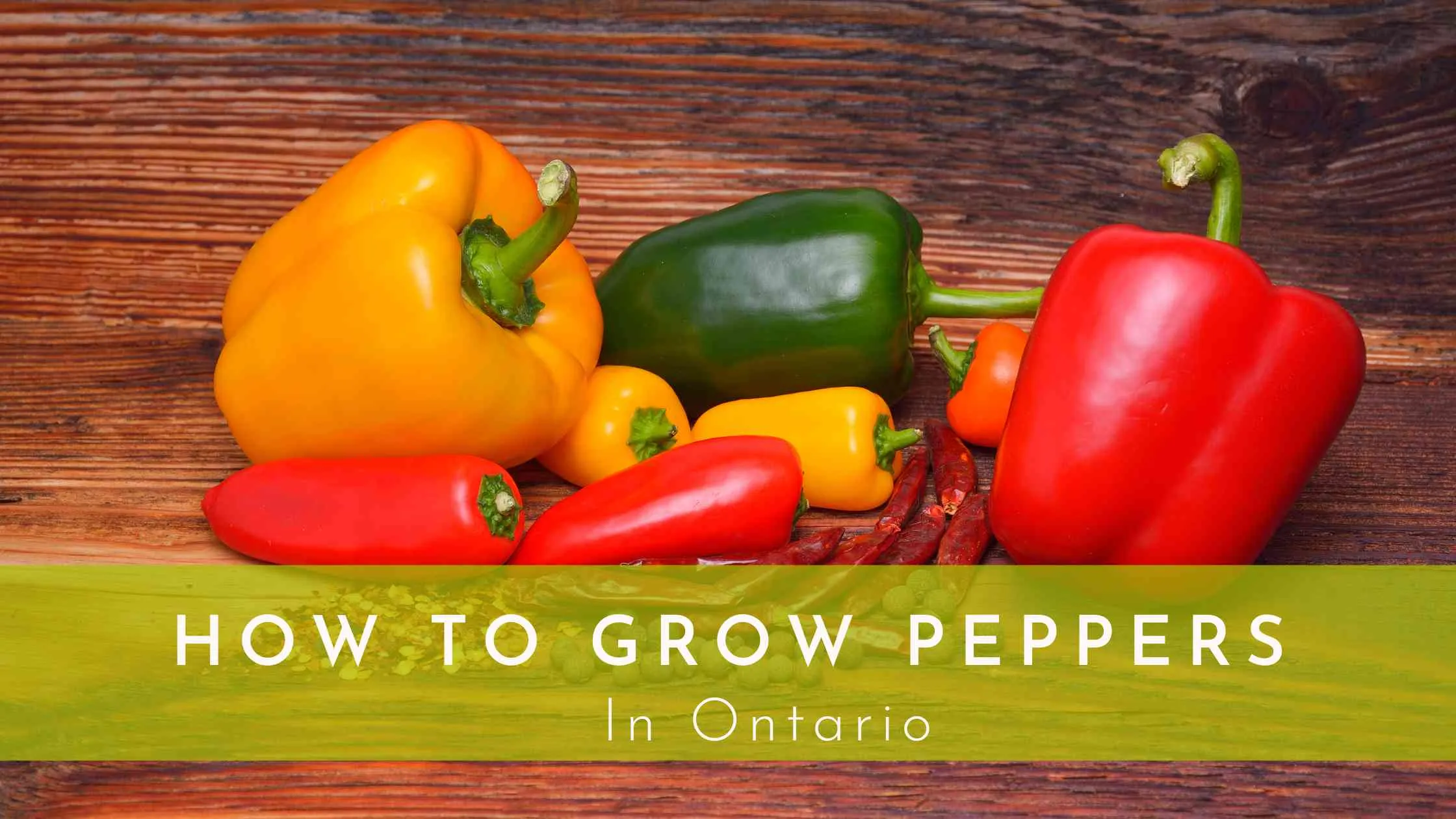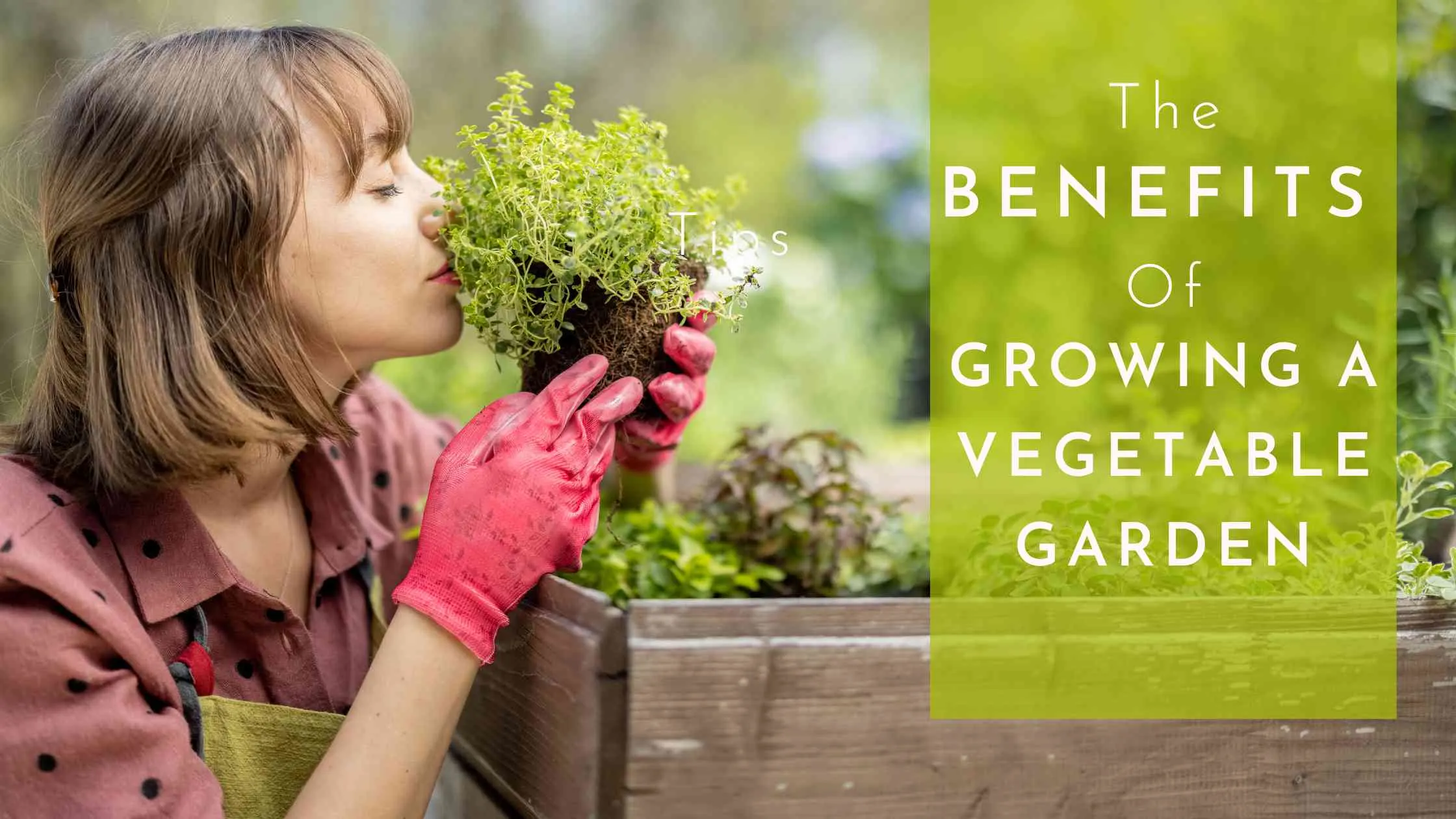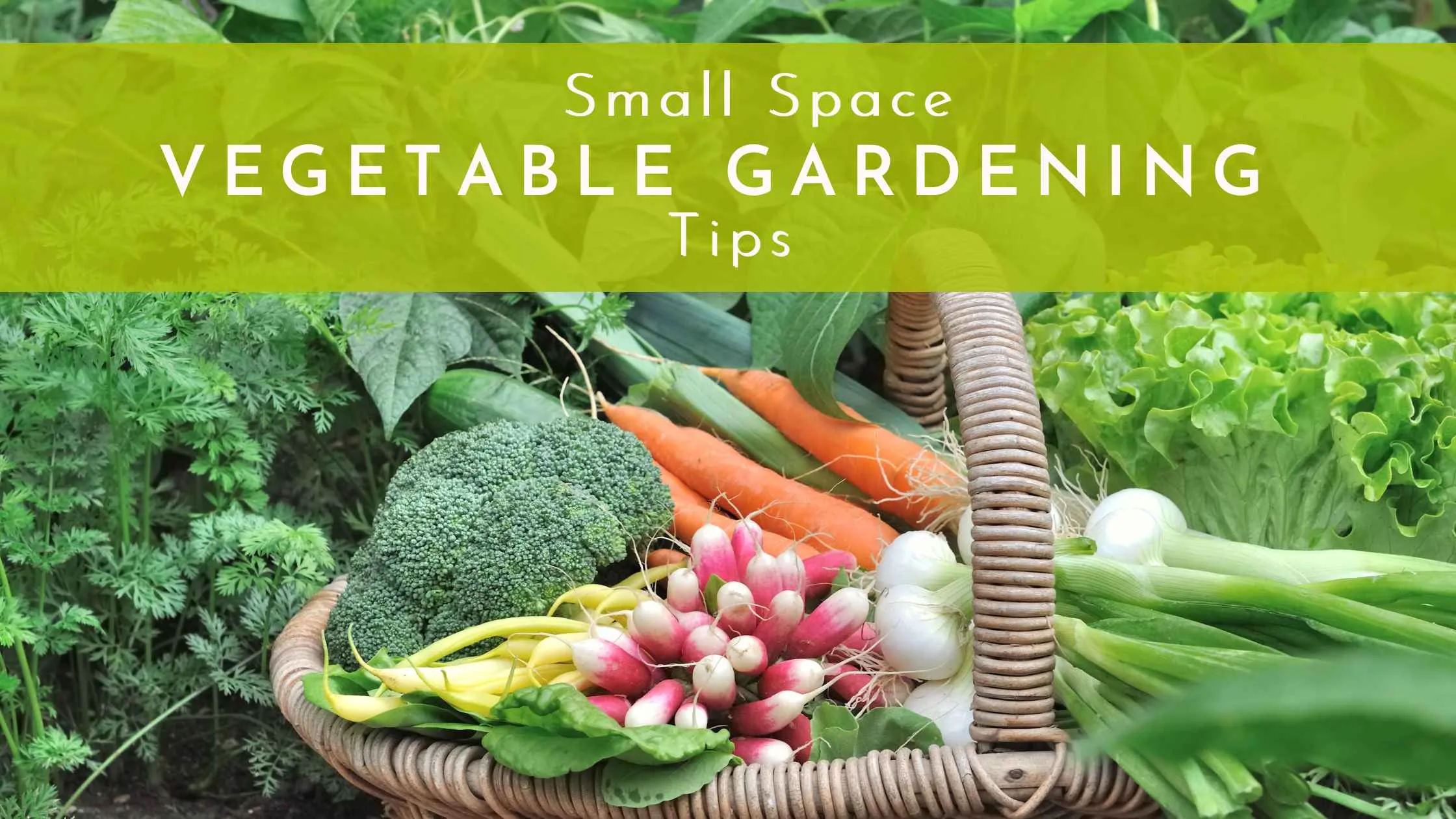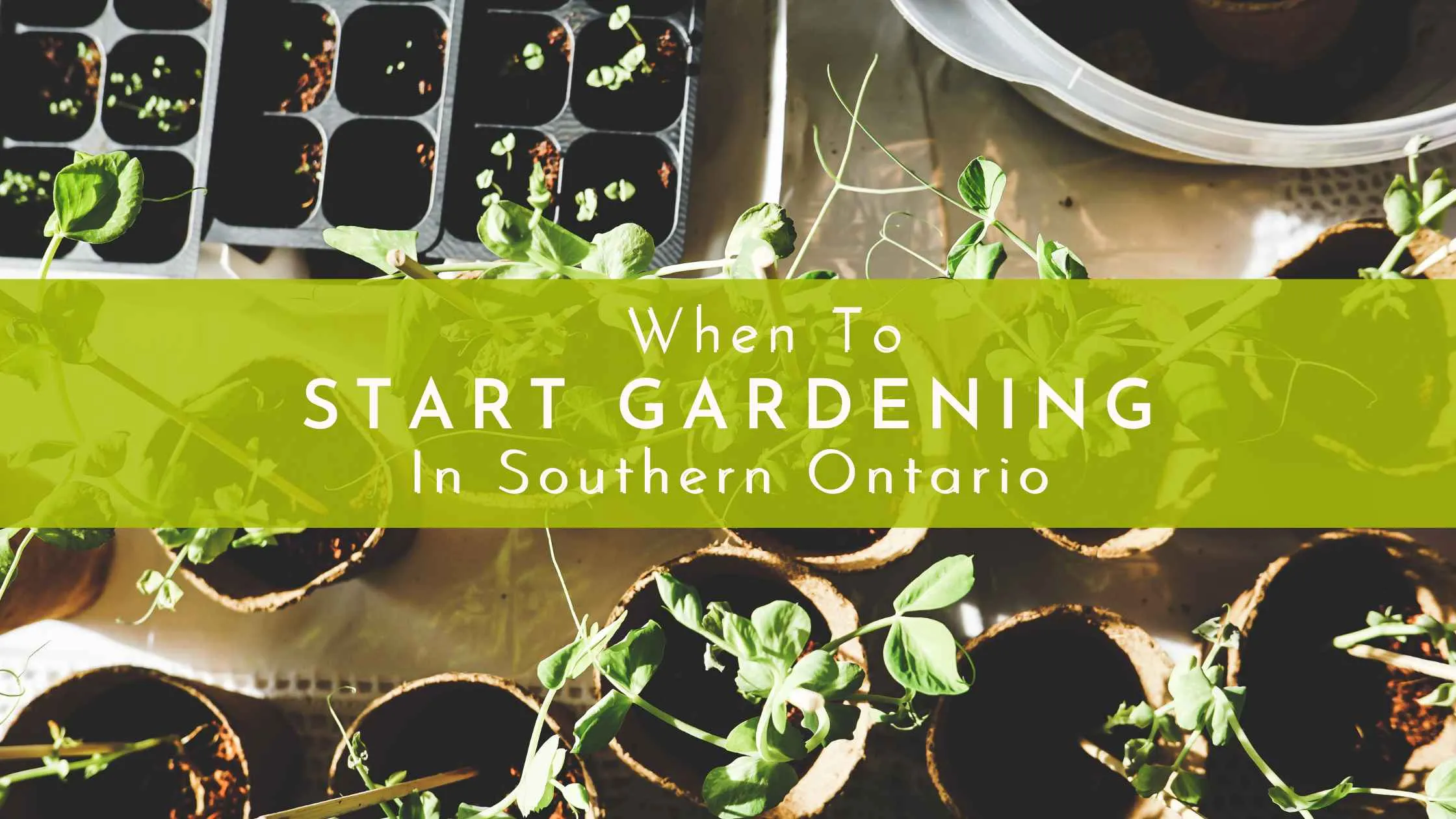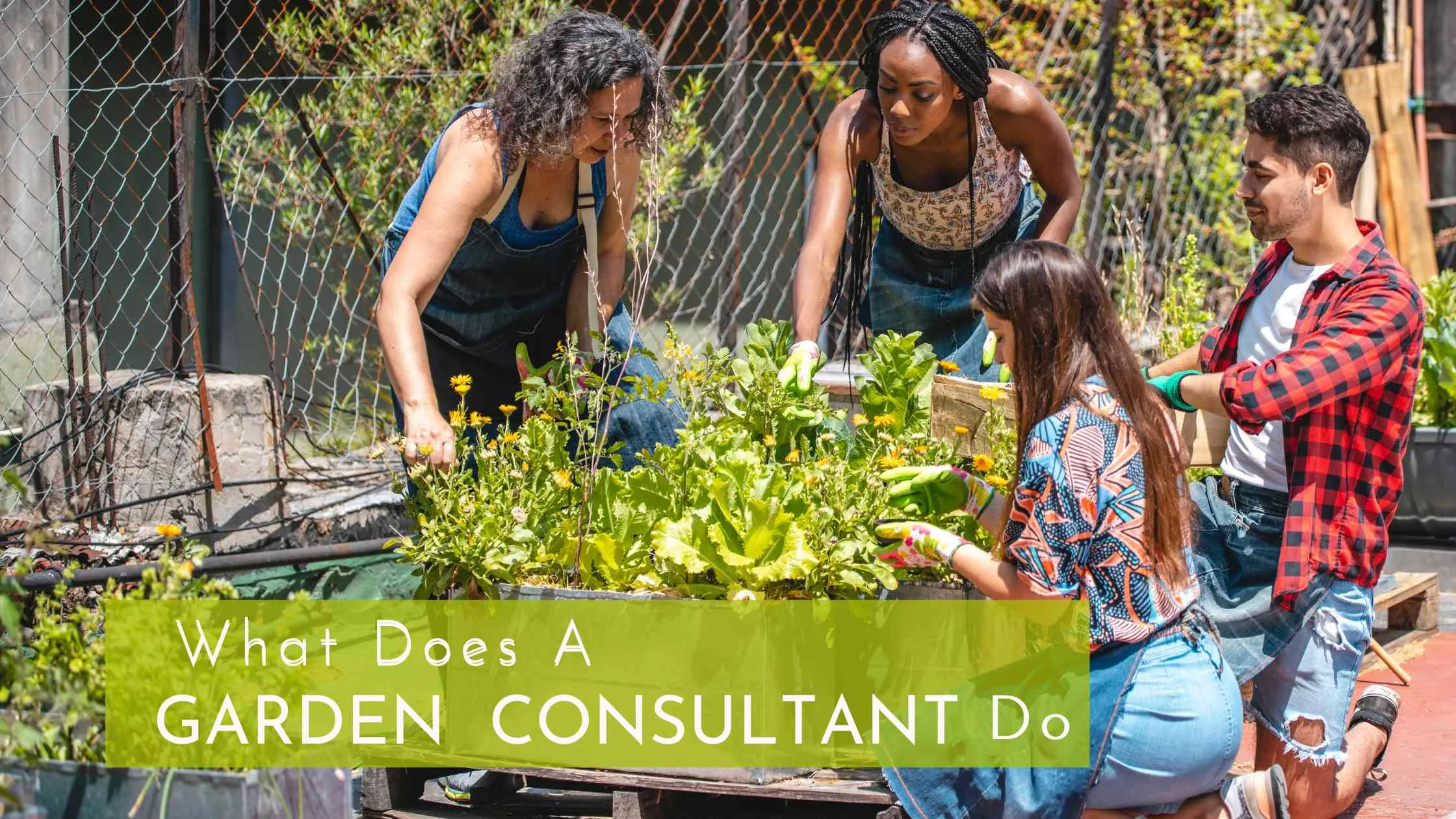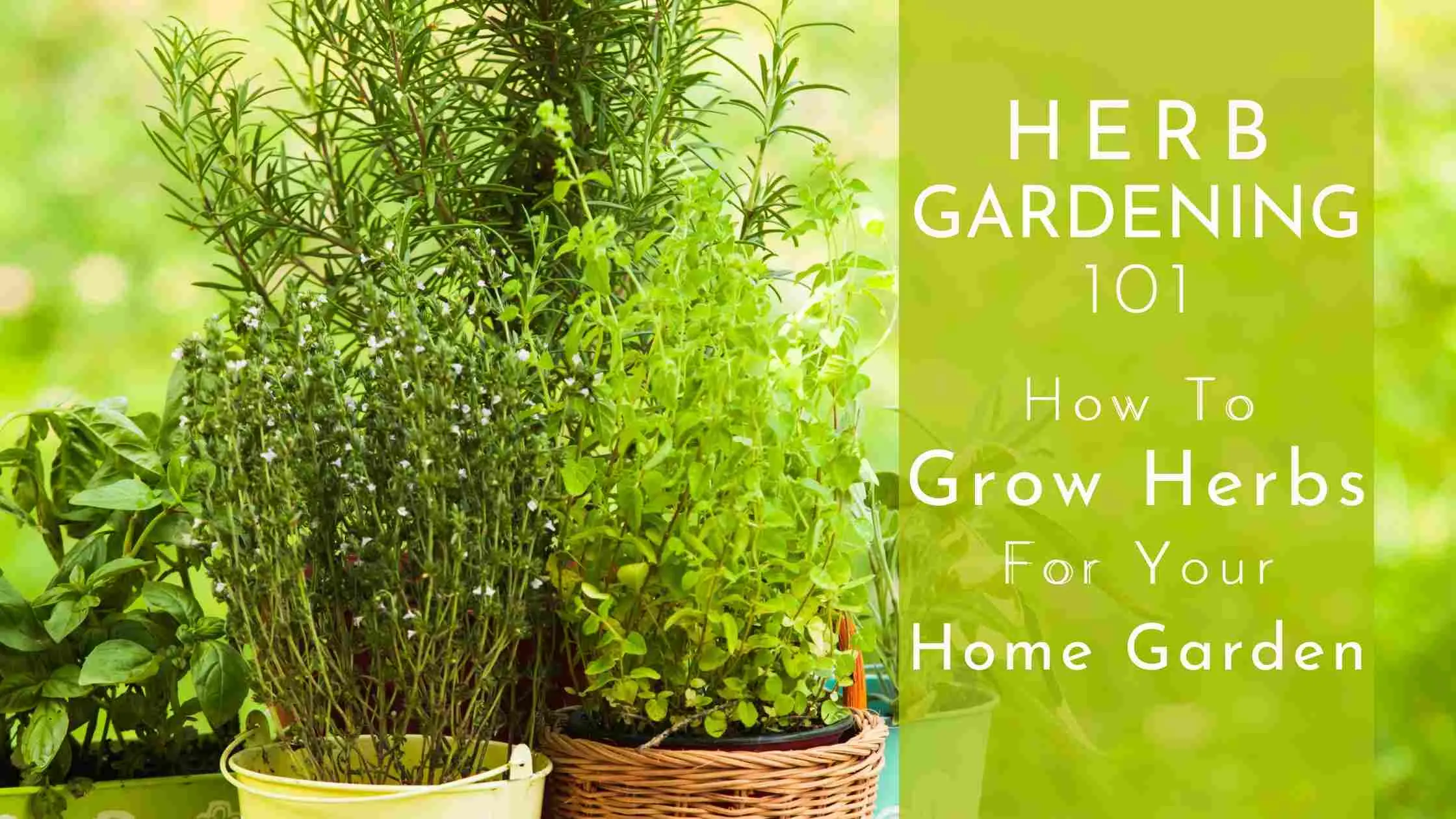10 Easy Steps To Start A Kitchen Garden In Your Backyard
Kitchen gardens have been gaining in popularity over the last few years. Kitchen gardening can be started in the kitchen (or any appropriate indoor space) or outdoors. It involves growing and re-growing fresh and organic vegetables, fruits, and herbs used daily while cooking.
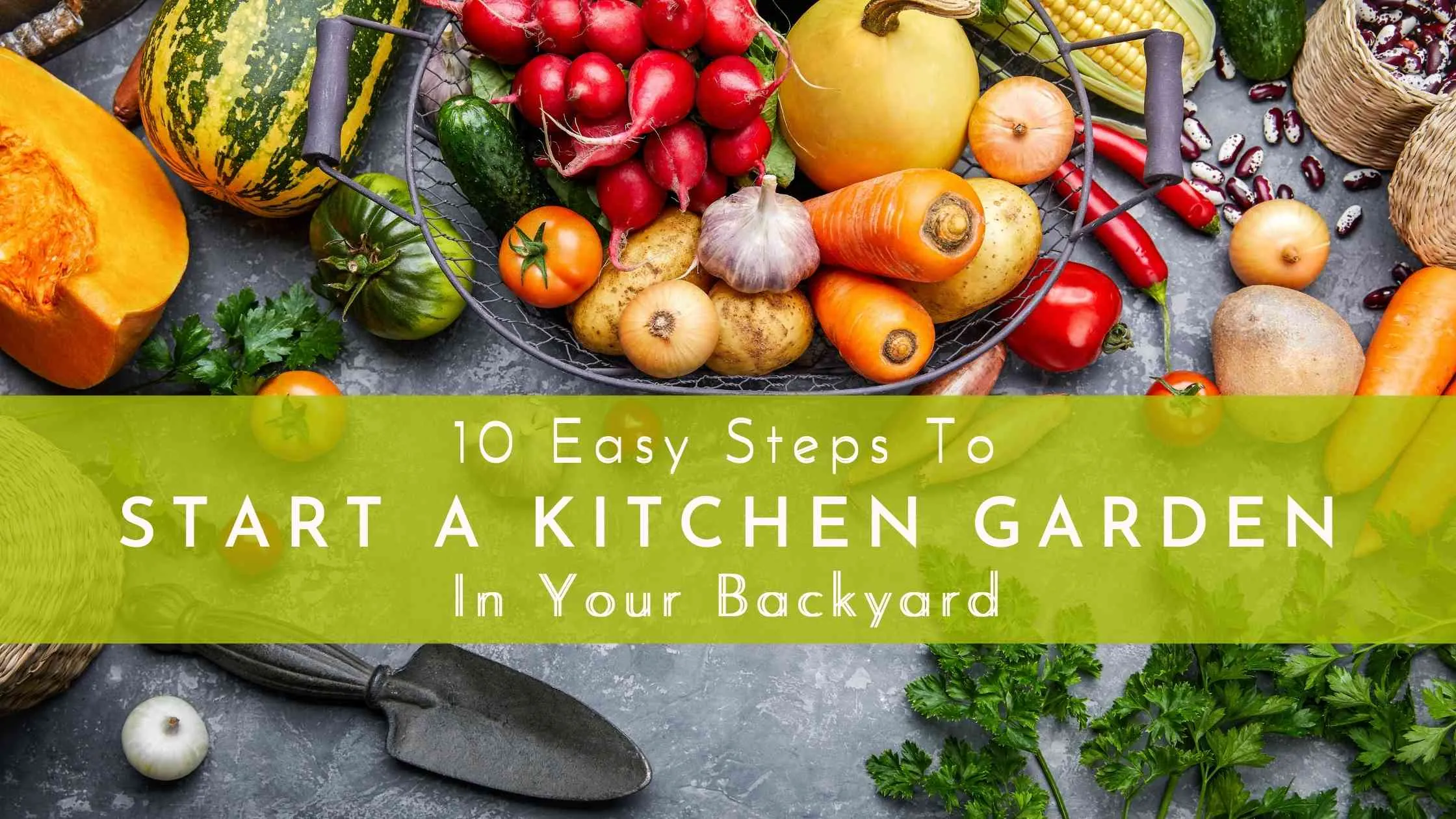
The Difference Between A Kitchen Garden And A Vegetable Garden
Before you start growing your kitchen garden, it is necessary to understand the difference between a kitchen garden and a vegetable garden, though the terms are used interchangeably. Although you can grow vegetables in both gardens, here are a few differences between them:
A kitchen garden is a small garden that covers a small area and it includes only the essential plants and herbs. Vegetable gardens, on the other hand, cover a large area from a few feet to several acres where many vegetables and plants are grown.
A kitchen garden is located near your kitchen where you can quickly grab herbs, tomatoes, or other crops while cooking. Sometimes, the kitchen garden also includes a sitting area. Vegetable gardens are more expensive and functional. The small-sized kitchen gardens hold more aesthetic properties than huge traditional vegetable gardens.
10 Steps To Start Your Kitchen Garden
We have created a list of ten steps to help you start your kitchen garden.
1. Plan Your Kitchen Garden
Before starting to grow vegetables or fruits, you should take some time to consider
- how much space do you have to start a kitchen garden,
- what would be the ideal location for your vegetables to grow,
- what crops would you like to grow,
- how to make the garden beautiful so that it fits your home's aesthetic, and
- how to get the most from your kitchen garden.
Further, you should know if you are going to use containers or raise beds for planting your herbs, vegetables, and fruits. You should also decide how much time you have available to prepare and care for your kitchen.
2. The Ideal Location For Your Kitchen Garden
Sunlight is one of the most important factors when you are deciding on the location of a plant. A good garden location should receive at least six hours of sunlight. But don’t place plants in direct sunlight and select a spot with partial shading to prevent your plant from burning.
Water is also essential for plants so make sure you have easy access to water. It will make watering the plants a lot easier.
Next, keep the plants in or close to your kitchen. If your kitchen doesn’t have enough space you can use your backyard or lawn.
Another great way to grow your herbs is to consider a container garden on your balcony. It will also give an aesthetic look to your balcony.
If you are thinking of growing a kitchen garden outside your kitchen, make sure it is located nearest to the kitchen. In this way, it will be easier for you to pick up vegetables or fruits whenever you want.
3. Size And Area For Your Kitchen Garden
Kitchen gardens are relatively small. While a vegetable garden could be huge, a kitchen garden usually ranges from 25 to 250 square feet.
The area you have decided for your kitchen garden is very important. A large kitchen garden requires a lot of work and time. If you are planning on a bigger size of plot for plants make sure you can manage it properly.
If you don’t have much time for gardening, you can start with containers. You can put them on a kitchen shelf or hang them on a wall near your kitchen. The easy access to these plants will help in their maintenance.
4. Deciding The Layout Of The Kitchen Garden
Once you plan your kitchen garden, you should think about the layout you want for your garden. With a better layout, you can grow a variety of crops in the smallest area. If you are planting in your backyard or lawn, you should clear all the existing small plants and weeds from the ground.
The most common kitchen gardens consist of straight and long rows of plants. However, a vertical kitchen garden is a good option if the available area is very small. You can also attach planters and shelves to any wall, to grow herbs. It will also enhance the beauty of your kitchen or porch.
In short, when it comes to gardening, you can be creative and use the best way to utilize space and make it beautiful.
5. Preparing The Soil For Plants
Just like sunlight and water, the soil is very important for plants too. For best results, the soil should be fertile. Make sure the soil is oxygen-rich and drains well.
You can test the pH level of the soil to decide which crops you can grow in it. The best soil is the one that allows the fertilizer to saturate as deeply as possible. To retain moisture and nutrients, you can add compost or well-rotted manure to the soil.
Adding organic compost to the soil will prepare the soil for planting. On the other hand, chemical fertilizers can replenish only a few nutrients but they cannot maintain good soil.
6. Picking Crops To Grow In A Kitchen Garden
Grow what you like to eat!
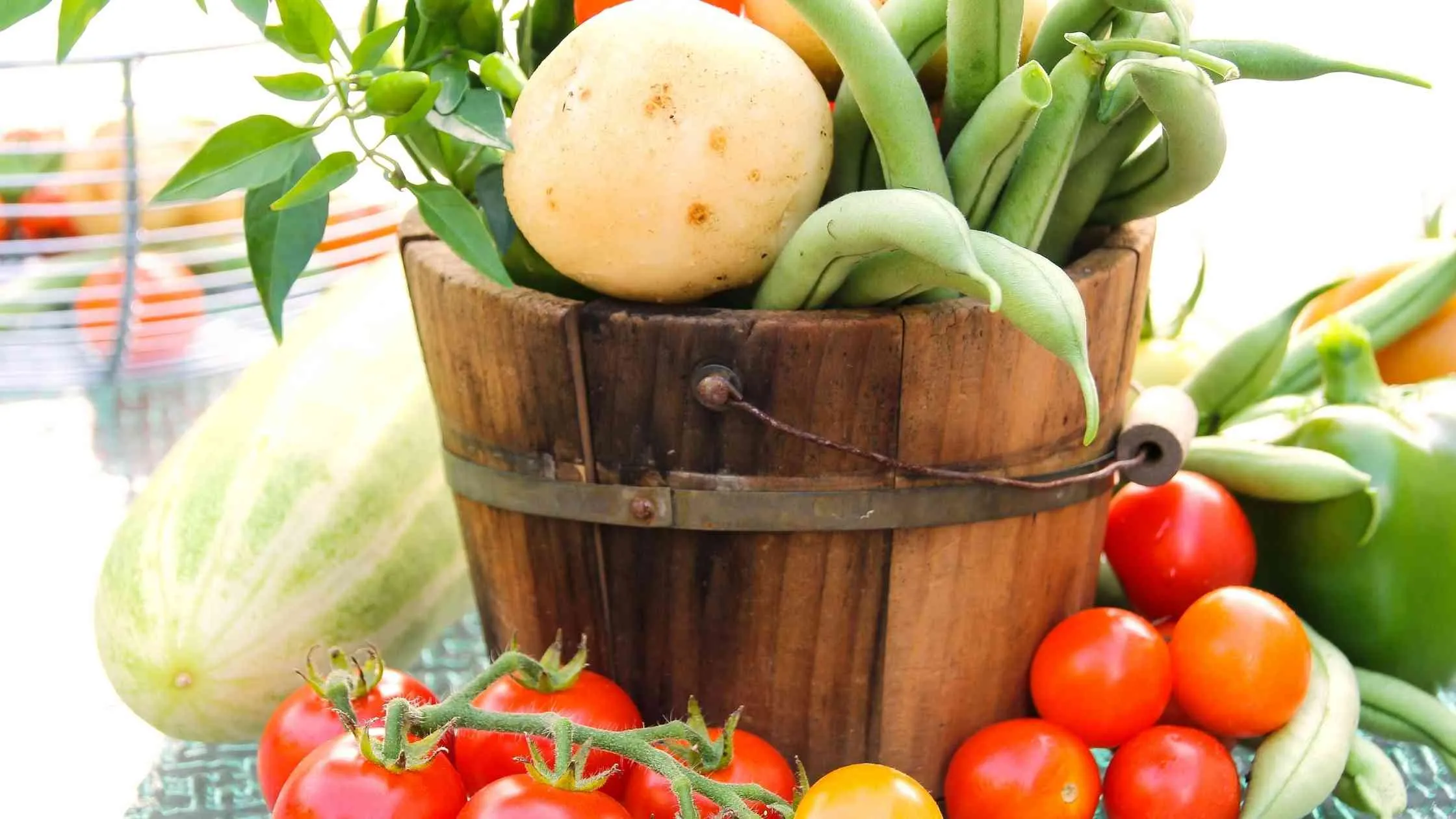
You can grow any crop you like in your kitchen garden. Most people love to grow all kinds of greens and herbs. Greens you might like to grow in your kitchen garden include lettuce, spring onions, herbs, kale, rosemary, thyme, parsley, oregano, and many more.
You can not only produce veggies, but fruits are also part of some kitchen gardens. For instance, fruits like tomatoes, cucumber, sugar snap peas, and shishito peppers are some of the most popular ones.
Some easy crops to grow in your kitchen garden includes radish, carrots, onions, plums, lettuce, squash, aubergines, beans, strawberries, potatoes, tomatoes, and zucchini.
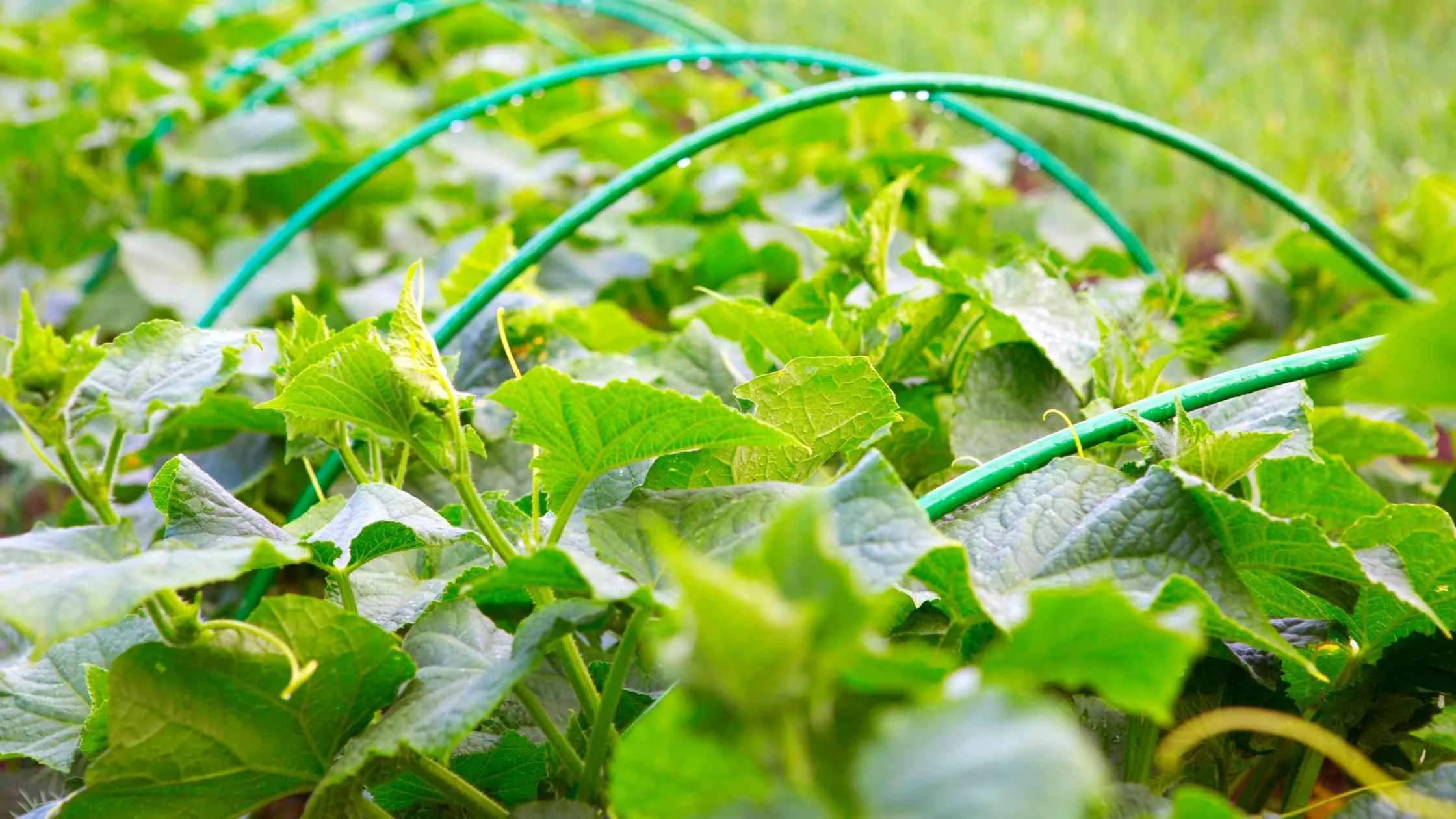
7. Growing Your Kitchen Garden - Seed or Seedlings
You can start your indoor or outdoor kitchen garden with seeds. Gardening with seeds is the cheapest way but you will spend some time waiting for seed germination. Some people prefer a combination of plants and seeds. Starting with plants are easier to start with for a beginner. They also allow you to begin harvesting earlier/sooner
Many vegetable seeds are ready to be sown once the soil warms up. You just need to tuck seeds directly into the soil. However, some seeds should be germinated in separate trays and once the seedling has two true leaves you can transfer them to pots.
8. Use Your Scraps To Fuel Your Kitchen Garden
Using scraps as fertilizer not only helps the plants to grow better but also reduces a lot of food waste. All you need is a regrow kit to pop your scraps in, make sure the scraps are completely submerged in water. Now place your kit in a sunny area and keep a record of the water level.
With this simple technique, you will get your liquid fertilizer in a few weeks. Dilute it with water and you have homemade fertilizer ready for your organic crops. You can use this liquid fertilizer for vegetables like lettuce, spring onions, garlic sprouts, Lemon grass, celery, cabbage, beets, and turnips.
9. Make Easy Access To Your Kitchen Garden
Access paths should be made when your kitchen garden is on your lawn or in your backyard. The main purpose of these paths is to create a framework for movement in your kitchen garden.
These paths will connect different spaces and allow you to have easy access to your plants for weeding or harvesting. Furthermore, they also help you to spot and remove pests easily.
10. Tips For Getting The Best From Your Kitchen Garden
Follow these tips to have more and better produce from your crops:
- Select vegetables that only take little space and give large produce. For example; tomatoes grow vertically and produce a lot of fruits throughout the season.
- Plant crops that are expensive to buy and cheaper to grow. Thyme, mint, parsley, and rosemary are some herbs that can be harvested as many times as you want and are very cheap to grow. However, store-bought herbs are very expensive and not fresh.
- You can swap seeds with your friends and family to have a variety of crops.
The Advantages Of Having A Kitchen Garden
Kitchen gardens have many advantages, some of which include:
- Organic crops that you grow in your kitchen garden are good for your mental and physical health. Spending time in nature also proves to have positive impacts on your mental well-being.
- Crops in your kitchen garden have better taste and quality than the ones you bought from the store.
- You are going to save a lot of money when you grow your fruits and vegetables.
Conclusion
Growing your kitchen garden allows you to have the freshest and tastiest crops in your home. It will allow you to spend time in nature and connect to it. It doesn’t cost much and doesn’t need a lot of time and experience to grow your kitchen garden.

